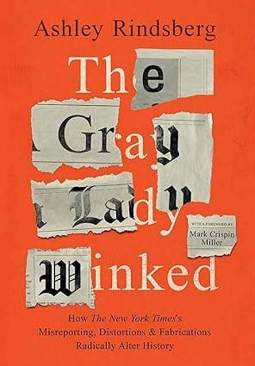This article looks at the rise of Vanity Fair, Vogue, Harper's Bazaar and House & Garden - recognizing them as highly unique publications for their time. Special attention is paid to publisher Condé Nast and his meteoric rise during the early 20th Century.
"The class magazines exude an aura of wealth and their circulations, therefore, are limited. They cater to the fit though few and they do this with slick paper, excellent illustrations and a sycophantic reverence for Society - at thirty-five to fifty cents a copy."
Click here to read about Fortune Magazine... This article was written to mark the 100th anniversary of Punch and in so doing gives a very pithy history of the magazine and its editorial mission:
- from Amazon:

"Yet, as a true chronicler of the times, Punch's volumes read more like a century-long history of England, and the magazine is never more on its mettle than during periods of crisis." From Scribner's on-going series from 1938, "Magazines That Sell" came this brief history of the crowd-pleasing weekly, Collier's (1888 - 1957). When Mad Magazine first appeared on newsstands in 1952 it was immediately recognized as something quite new in so far as American satirical magazine humor was concerned. The earliest issues were produced in comic book format with almost all content produced by its founding editor, Harvey Kurtzman (1924 – 1993); by 1955 the magazine's lay-out was altered to its current form. From its earliest days, Kurtzman and his publisher, William Gaines (1922 – 1992), began receiving unsolicited gags from many of the finest writers and performers on radio and TV. This article lists some of the scandals (both foreign and domestic) that the magazine inadvertently generated. The Hobo News printed poems, cartoons, pin-ups, essays and news items that were useful to that unique class of men who rode the rails and frequent flop-houses. It was established in New York City by Pat "The Roaming Dreamer" Mulkern (1903 - 1948); the paper was run by hobos, for hobos and printed proudly across the awnings of their assorted offices were the words "a little cheer to match the sorrow". Mulkern recognized that no self-respecting litigator would ever stoop to sue a newspaper with such a pathetic name, and so the paper was voluntarily in constant violation of U.S. copyright law by habitually printing the articles they most admired that had earlier appeared in Collier's, The New Yorker and The Saturday Evening Post. The 625th issue of Newsweek marked their twelfth year on the newsstand:
"The first issue, dated February 17, 1933, was a workmanlike job of news digesting by a staff of 22, and for four years it faithfully followed this pattern [until a new publisher took the helm in 1937 and it really kicked into high gear]." |